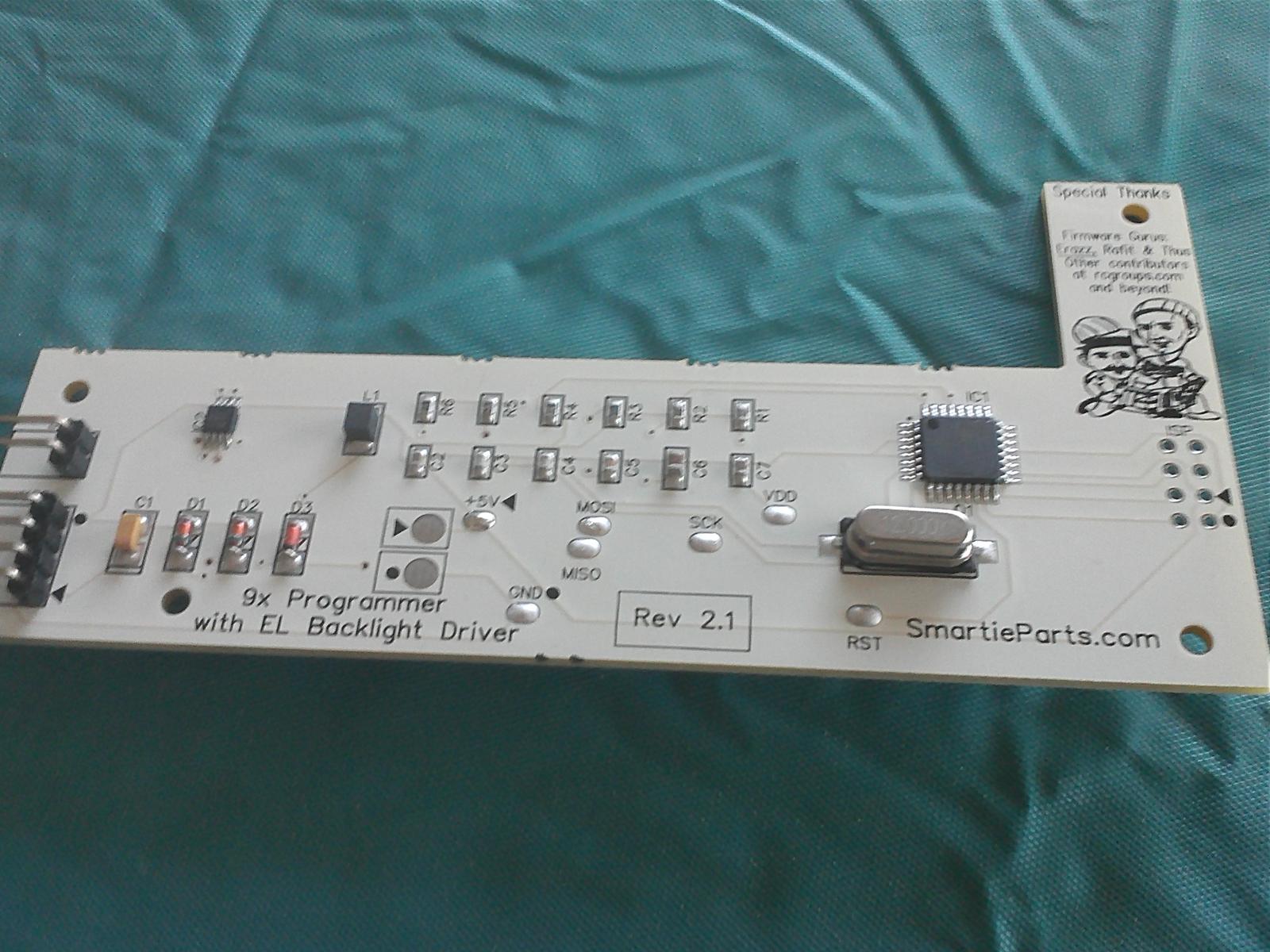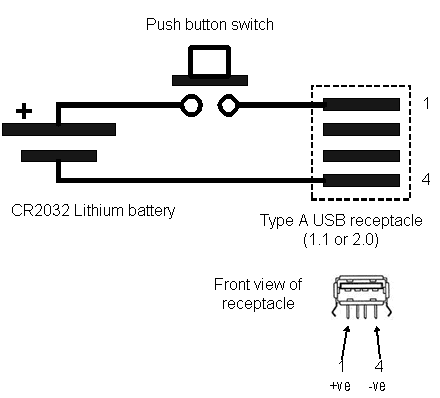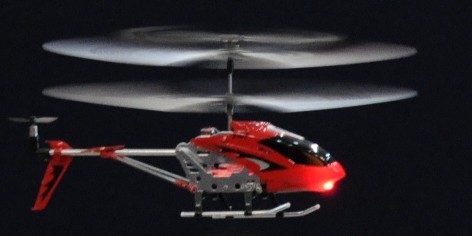And another one for Crash! Like most people, I've been keeping my 1S batteries in old medicine bottles. It works well, but I'm not able to keep track of which batteries get used more often... I just shake one out and plug it in.
So, when I was given these 6x4 event cards that actually said Spektrum, I knew what I had to do!
The idea was simple... cut out some strips from foam scraps sitting around, and make a wallet-style case for the batteries. These were made from some 9mm EPP I had in the scrap bin. I think just about anything would work.
I hot glued some thicker strips around the three edges, using the batteries as width guides.
As you can tell, I cut the strips out freehand. I glued some little squares at the top as stoppers. I was going to glue these down lower, but the batteries don't seem to shift around very much. I might glue in some more squares between the batteries so they don't bump their connectors together (update: did this, works well!). I might use a sharpie to mark the battery sizes as well. This should make it easy to rotate my batteries consistently.
I used some clear tape to make a hinge and attach another card on top. It fit OK, but would have been better if I had been more careful (actually less stingy -- didn't want to waste the scrap!) cutting the bottom piece.
A thing of beauty is a joy forever! Since this is a Crash-inspired piece, I'll just point out what an awesome job could be done if somebody printed the foam insert with a Phlat Printer.
It seems to work pretty well. I'll use piece of blue tape to seal it up, or maybe just lay it flat in my indoor flight box and see if everything holds together. Anyways, I love having a genuine Spektrum battery case, and I'm sure I'll get some comments from the guys at the next indoor fun fly.
Thanks again Crash, I don't think I would have bothered with this if not for you!
PS, if you like the artwork on the postcard, check out the exhibition running from July 19 - September 13, 2012 at
Gallery Carte Blanche!







.jpeg)


































.jpg)









